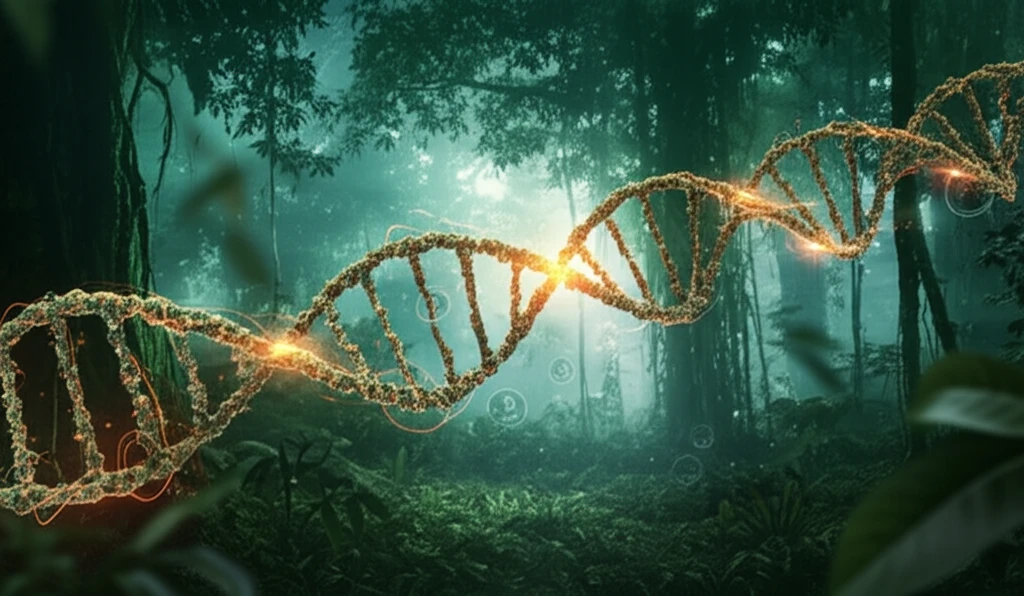
Nature's Fight Against Superbugs: How Cajui Could Boost Antibiotics
"Discover the potential of the Brazilian cajui plant (Anacardium microcarpum) in overcoming antibiotic resistance and enhancing the effectiveness of existing treatments against clinical infections."
The rise of antibiotic resistance represents a critical threat to global health, turning common infections into life-threatening conditions. As bacteria evolve to withstand our strongest medications, scientists are exploring unconventional solutions, including the rich biodiversity of the natural world. Traditional medicine, often overlooked, may hold the key to unlocking new strategies for combating these 'superbugs.'
In this pursuit, researchers have turned their attention to Anacardium microcarpum, a plant known as 'cajui' native to Brazil. This plant has a history of use in traditional medicine to treat various ailments, but its potential to enhance the effectiveness of antibiotics has only recently come under scientific scrutiny. The investigation focuses on whether specific compounds within cajui can weaken bacteria's defenses, allowing existing antibiotics to work more effectively.
This article delves into the groundbreaking research exploring the synergistic effects of cajui extracts when combined with conventional antibiotics. It highlights how these natural compounds could potentially restore the potency of drugs against resistant strains of bacteria, offering a beacon of hope in the ongoing war against microbial resistance.
Unlocking Cajui's Potential: Phytocompounds and Antibiotic Synergy

A recent study published in the journal Drug Design, Development and Therapy investigated the ability of Anacardium microcarpum extracts to enhance the activity of antibiotics commonly used to treat clinical infections. The research team prepared crude ethanolic extract (CEE), ethyl acetate fraction (EAF), and methanolic fraction (MF) from cajui bark. These extracts were then tested alone and in combination with antibiotics such as amikacin, gentamicin, ciprofloxacin, and imipenem against bacterial strains including Escherichia coli, Pseudomonas aeruginosa, and Staphylococcus aureus.
- Cajui extracts exhibited low antibacterial activity on their own against multidrug-resistant strains, with MIC values of 512 µg/mL.
- However, when combined with antibiotics at subinhibitory concentrations (64 µg/mL), the extracts significantly enhanced the drugs' effects.
- CEE and EAF showed synergistic effects with imipenem against S. aureus, while all extracts boosted amikacin and gentamicin's effectiveness against E. coli.
- Phytochemical analysis revealed the presence of phenols, flavonoids, xanthones, chalcones, and tannin pyrogallates in the extracts.
A New Hope for Combating Resistant Infections
The study highlights the potential of Anacardium microcarpum as a natural resource for developing new strategies to combat antibiotic resistance. By combining plant-derived compounds with existing antibiotics, it may be possible to overcome the defenses of multidrug-resistant bacteria and improve treatment outcomes for clinical infections. Further research is essential to fully explore the mechanisms of action and identify the specific compounds responsible for the synergistic effects observed. This could pave the way for the development of novel, plant-based therapies that can help us stay one step ahead in the ongoing battle against microbial resistance.
